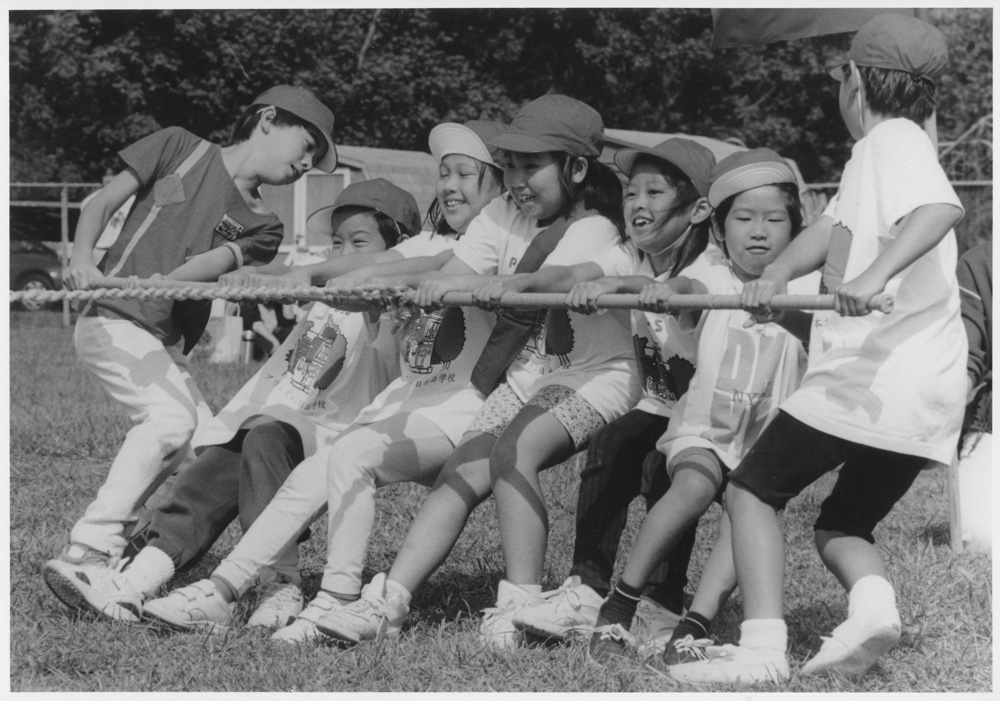8. Ethnic Diversity and Consumer Choice
What’s growing here? Cabbage and bok choy
The demands of the consumers of New Jersey’s agricultural products have changed with New Jersey’s residents.
Early Dutch settlers in New Jersey experimented with crops familiar to them from their native Netherlands, incorporating asparagus, beets, parsnips, and cabbage into their kitchen gardens. Cabbage performed especially well in New Jersey’s soil. In the eighteenth century, as farmers grew more vegetables for market, and not just for personal consumption, cabbage dominated the fields. The Dutch residents of colonial New Jersey used the cabbage to make sauerkraut, a traditional fermented dish. By 1770, almost every farmer in New Jersey grew cabbage.
Over the course of the last century, New Jersey has welcomed millions more immigrants. In 1960, 10% of New Jerseyans were foreign-born, hailing largely from Southern and Eastern Europe, but today, 22% of New Jerseyans are foreign-born, hailing largely from Asia and Latin America. Even American-born New Jerseyans represent tremendous racial and ethnic diversity, and New Jersey’s minorities will make up a majority of the state’s population by 2028. The shifting demographics of New Jersey consumers influence agriculture, with demand recently increasing for livestock such as goats and vegetables such as bok choy. The number of farms growing bok choy and chinese cabbage has quintupled in the last forty years.
Since the seventeenth century, agricultural products have mirrored New Jersey’s ethnic diversity, demonstrating how our choices as consumers powerfully drive farmers’ decisions about what to grow and raise.

Field day activities held by the Princeton Community Japanese School in 1995. As Princeton’s community diversifies, new organizations emerge to serve their needs.
Photograph by Charles Phox, Jr.
Princeton Packet Photo Collection. Collection of the Historical Society of Princeton